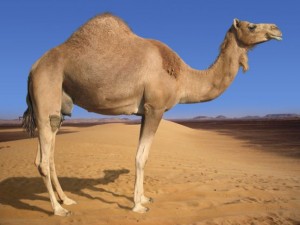Telomere length has long been thought to play a role in the death of cells. Our telomeres shorten as we age, and the truncated telomeres have been linked to some diseases. Now research suggests that it increases overall chances of dying soon. From Science News:
To find out, researchers at Kaiser Permanente and the University of California, San Francisco measured telomere length in 110,266 people in northern California. The participants are part of an ongoing project that explores links between genetics and health. This study is the largest ever to examine telomeres’ role in health.
The 10 percent of people with the shortest telomeres had a more than 20 percent higher risk of dying than people with longer telomeres, Catherine Schaefer, an epidemiologist who directs the Kaiser Permanente Research Program on Genes, Environment and Health, reported November 8 at the annual meeting of the American Society of Human Genetics. “It seems as though once your telomeres get critically short, your risk of dying goes up,” she said. The increased death risk is about the same as for people who drink 20 to 30 alcoholic beverages per week or smoke for 20 to 30 years. “It’s a modest increase, but it’s not nothing.”
The study was presented at the American Society of Human Genetics annual meeting.
